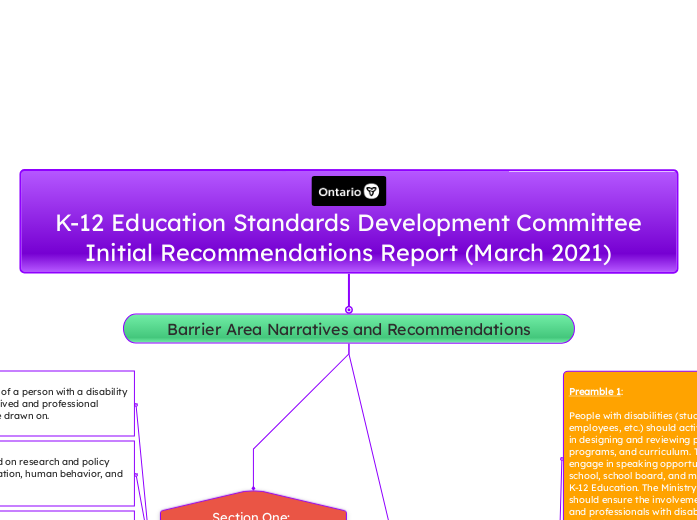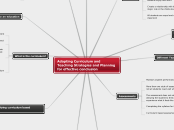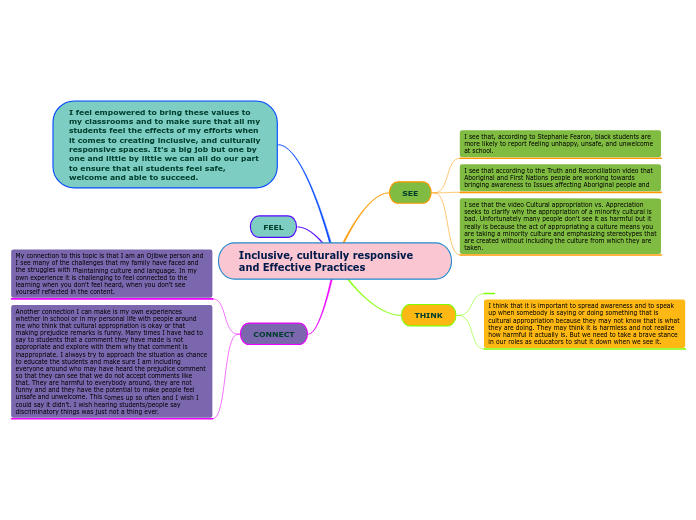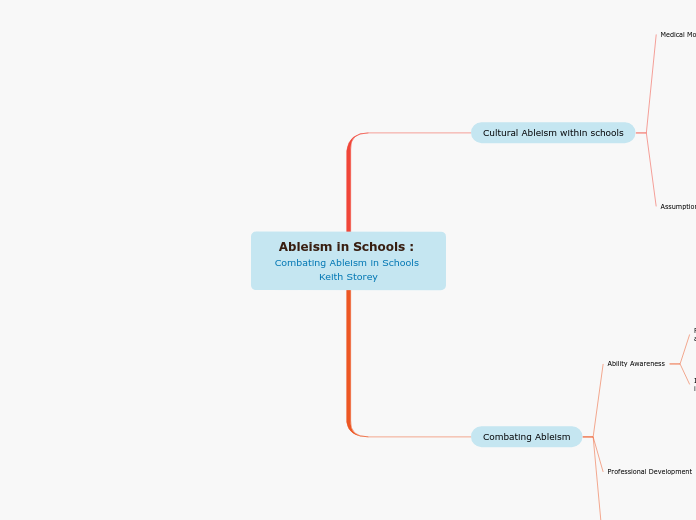K-12 Education Standards Development Committee
Initial Recommendations Report (March 2021)
Barrier Area Narratives and Recommendations
Section One: Recommendations
Preamble 5:
To shift attitudes and behaviors, necessary supports encompass policy frameworks, resources, opportunities, and performance expectations
Recommendation 1:
Each school board should create and enact human resources policies aimed at achieving full accessibility and fostering the inclusion and full participation of students with disabilities.
These policies should include:
b) Highlighting knowledge and performance regarding accessibility, inclusion, and full participation of students with disabilities in all aspects of performance management and reviews.
a) Each school board should establish and enforce human resources policies aimed at achieving full accessibility and promoting the inclusion and full participation of students with disabilities. This should include:
Preamble 4:
School boards must integrate accessibility planning into their vision and daily operations to remove attitudinal barriers among students, school board employees, and families. Additionally, they must effectively communicate this commitment to accessibility to all families of their students
Recommendation 1:
The Ministry of Education should develop sample or model curriculum and teaching resources, including classroom videos, which school boards can choose to utilize for delivering this curriculum.
Recommendation 2:
Each school board should create, implement, and regularly assess a multi-year, age-appropriate program or curriculum aimed at educating all students, school board staff, and families of school board students about the inclusion and full participation of students with disabilities.
This program should encompass the following components:
c) Online resources should be made available for sharing with other school boards, providing guidance on implementing these activities.
b) Where feasible:
(i) Engage students, staff, and interested parents/guardians in activities such as a "barrier scavenger hunt" within the school or local community to identify disability barriers and propose solutions for their removal or prevention.
(ii) Provide opportunities for students to hear from, meet, and interact with individuals with disabilities, such as through assemblies or guest presentations.
a) Communication should be displayed in all schools and distributed to all families of the school board's students, emphasizing the school board's dedication to the inclusion of students with disabilities and the positive impact this has on all students.
Preamble 3:
All education staff should undergo training in the principles of equity, accessibility, and the full inclusion and participation of students with disabilities. This training will enable them to demonstrate inclusive behaviors and attitudes, and to foster an environment where differences are embraced as a natural part of life.
Recommendation 1:
Each school board should offer tailored training to all staff members who interact with parents or students. This training should emphasize the significance of including and fully engaging students with disabilities, as well as effective strategies for teaching and developing lesson plans in this regard.
Recommendation 2:
The Ministry of Education should create and distribute sample or model programs for training school board staff in teaching in this area. These resources should be made accessible to both school boards and the public.
Preamble 2:
Teacher candidates and future educators must receive instruction in specific strategies to guarantee inclusive, accessible, and equitable education. Consistency in delivering all Special Education Additional Qualification courses is essential.
Recommendation 1:
The Ontario College of Teachers and the Ministry of Education mandate that education degree graduates, seeking qualification to teach in Ontario schools, must undergo specific curriculum and training within their university education program. This training should emphasize the importance of inclusivity and accessibility in our education system for students with disabilities, as well as teaching strategies for delivering this curriculum to all students.
Recommendation 2:
The Ontario College of Teachers should evaluate the initial teacher education program to improve the quality and content of the Special Education Core Content. This can be achieved by revising the Accreditation Resource Guide and ensuring that all Special Education Additional Qualifications courses are delivered in accordance with accreditation standards, reflecting the current guidelines for Additional Qualifications.
Preamble 1:
People with disabilities (students, educators, employees, etc.) should actively participate in designing and reviewing policies, programs, and curriculum. They should also engage in speaking opportunities at the school, school board, and ministry levels in K-12 Education. The Ministry of Education should ensure the involvement of students and professionals with disabilities in provincial and system planning.
Timeline: Two Years
Recommendation 1:
Each school board should establish and sustain networks of teachers, staff, and students with disabilities to gather input on accessibility issues within the school board and to seek advice on overcoming barriers.
Recommendation 2:
The Ministry of Education should offer open and accessible opportunities for these networks of students and school staff to exchange information and ideas.
Section One:
Attitudes,
Behaviours,
Perceptions and Assumptions
Recommendations aim at the Ministry of Education and the Ontario College of Teachers, with implementation at the school board level for utilizing resources to fulfill the recommendations.
The recommendations show how attitudes, behaviors, perceptions, and assumptions support the work of all small groups, considering human and organizational behavior
Five key recommendations issued
The work focused on research and policy planning in education, human behavior, and human rights
The perspectives of a person with a disability were used. Both lived and professional experiences were drawn on.









